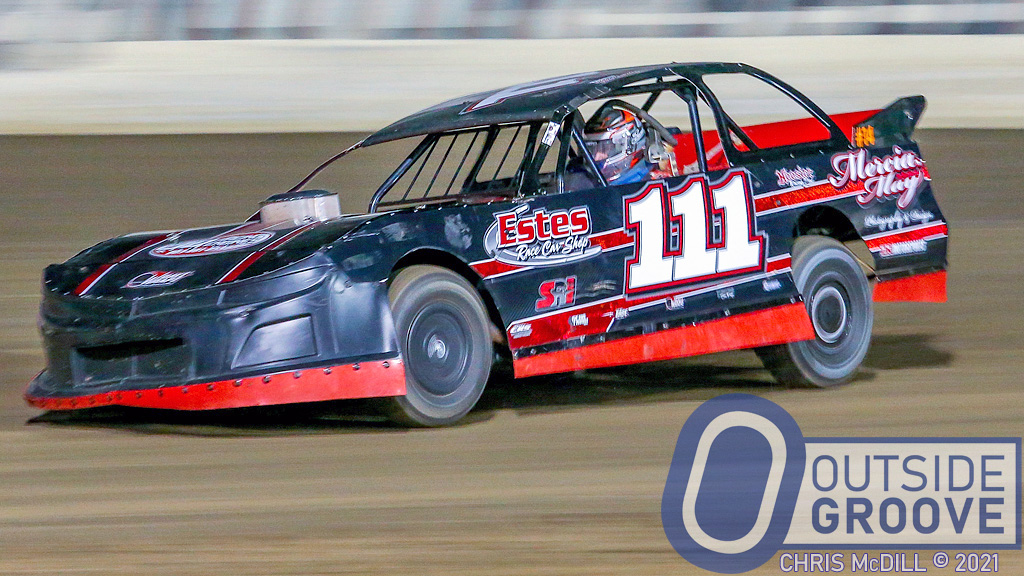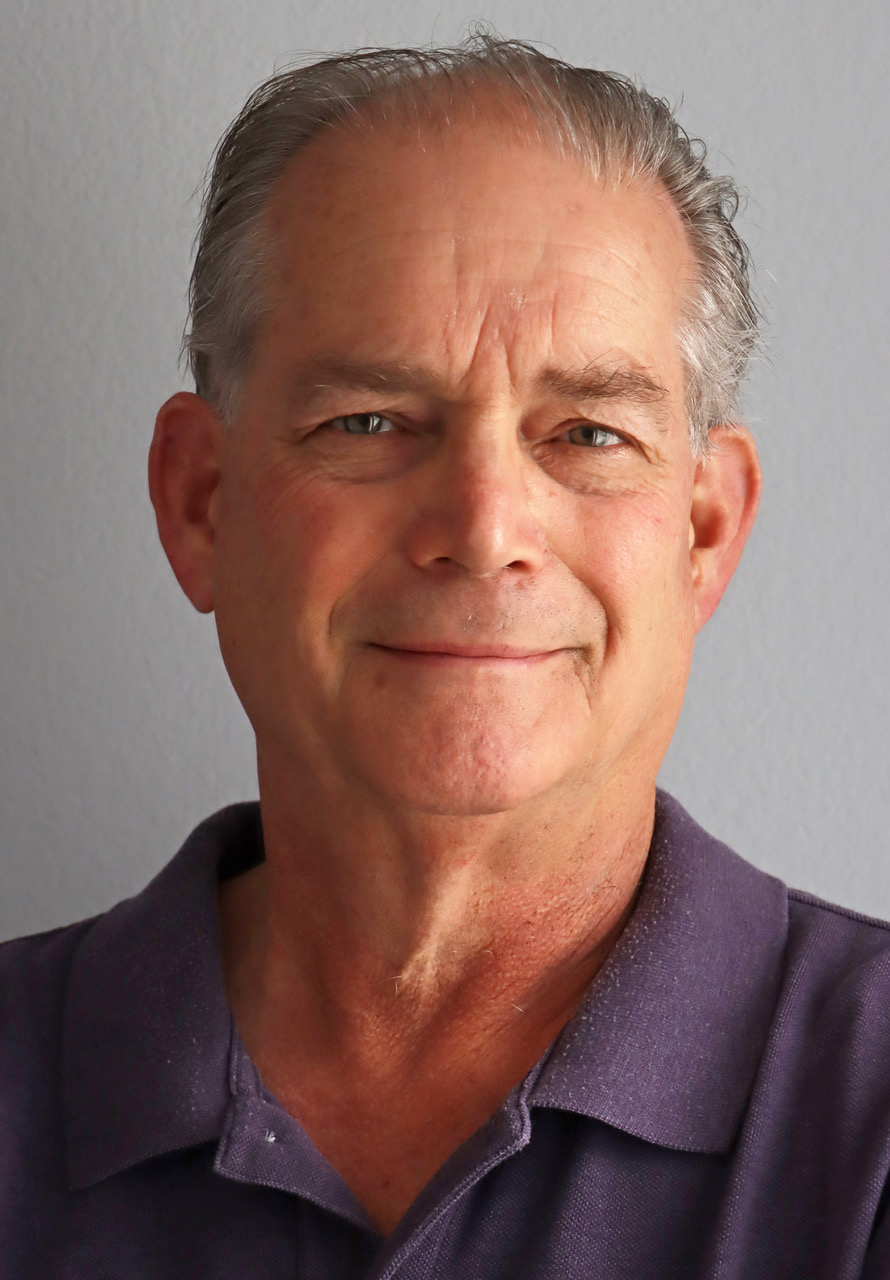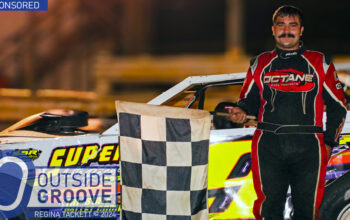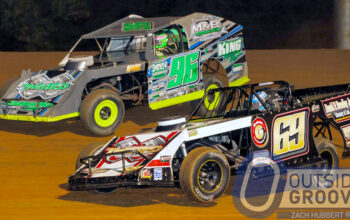With his chassis-building uncle Dewayne Estes behind the wheel, Thomas McCurdy, returned home to Mississippi and took a trip to victory lane. They won at Magnolia Motor Speedway in Columbus, Mississippi. The two used a car that incorporated ideas from McCurdy and instituted by Estes.
“When Thomas contacted us, we saw what he wanted was not your typical street stock,” Estes, of Sturgis, Mississippi, said. “He had some creative ideas.”
Estes has built more than 80 chassis. He has also raced many types of cars, from sport compacts to super late models. McCurdy, now of Catawba, South Carolina, said he focused on the car’s polar moment of inertia. With that concept in mind, they moved the chassis components closer to the car’s center of gravity, as the further away they are, the more difficult it becomes to alter the direction of the car. They also changed their roll cage.
“The thing we did was try to get the cage as close to the polar moment as possible,” said McCurdy, who works as a consultant for structural engineers.
Per McCurdy’s wishes, Estes made that happen.
“There was no safety lost,” Estes said. “The cage was set back as far as it can be on a stock frame while keeping the driver safe. It was also moved to the center, much like a center-steer modified’s cage.”
Then, they focused on the suspension, altering it to accommodate the change in cage placement.
“Dewayne built a Camaro front end that was adjustable like the front ends on a dirt modified,” said McCurdy.
Estes did that to help achieve the geometry desired by Thomas McCurdy.
“All the geometry was changed in the front and rear suspension for everything to work together,” Estes said.
The two admit that it required a bit of work to make it successful, but once the pieces fell in place, they found victory lane.
“We’ve worked the last two months on the car,” said Estes. “I couldn’t believe how well Thomas’ ideas worked.”
Outside Groove Note of Transparency: Special thanks to Mike McVetta for looking over the technical aspects of the story.
Mike Adaskaveg has written hundreds of stories since the website’s inception. This year marks his 54th year of covering auto racing. Adaskaveg got his start working for track photographer Lloyd Burnham at Connecticut’s Stafford Motor Speedway in 1970. Since then, he’s been a columnist, writer, and photographer, in racing and in mainstream media, for several outlets, including the Journal Inquirer, Boston Herald, Stock Car Racing, and Speedway Illustrated. Among Adaskaveg’s many awards are the 1992 Eastern Motorsport Press Association (EMPA) Ace Lane Photographer of the Year and the 2019 National Motorsports Press Association (NMPA) George Cunningham Writer of the Year.





